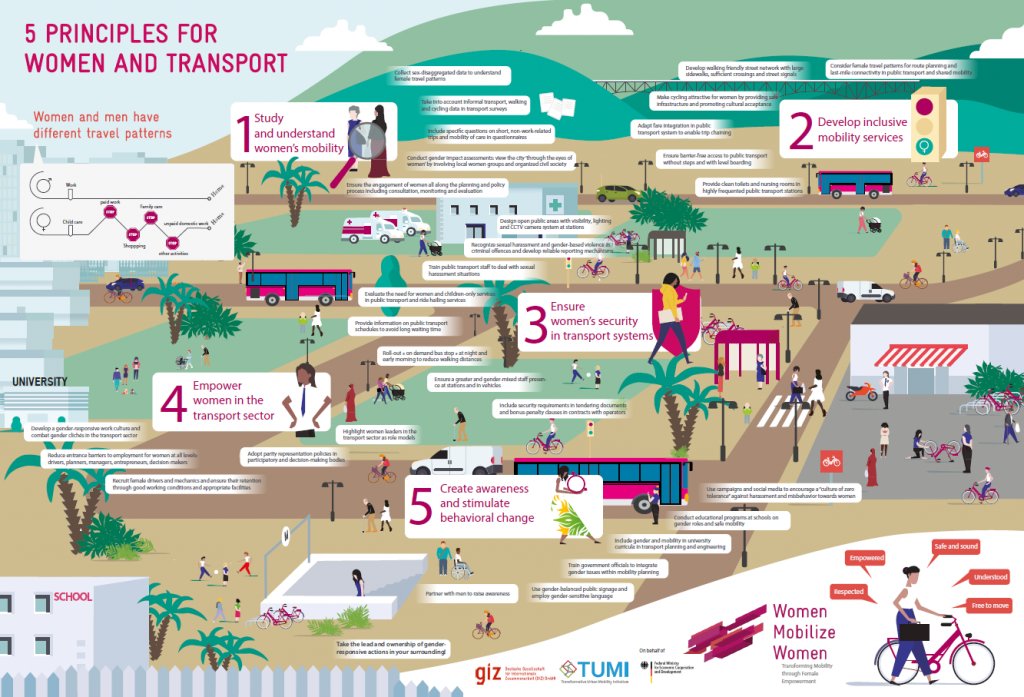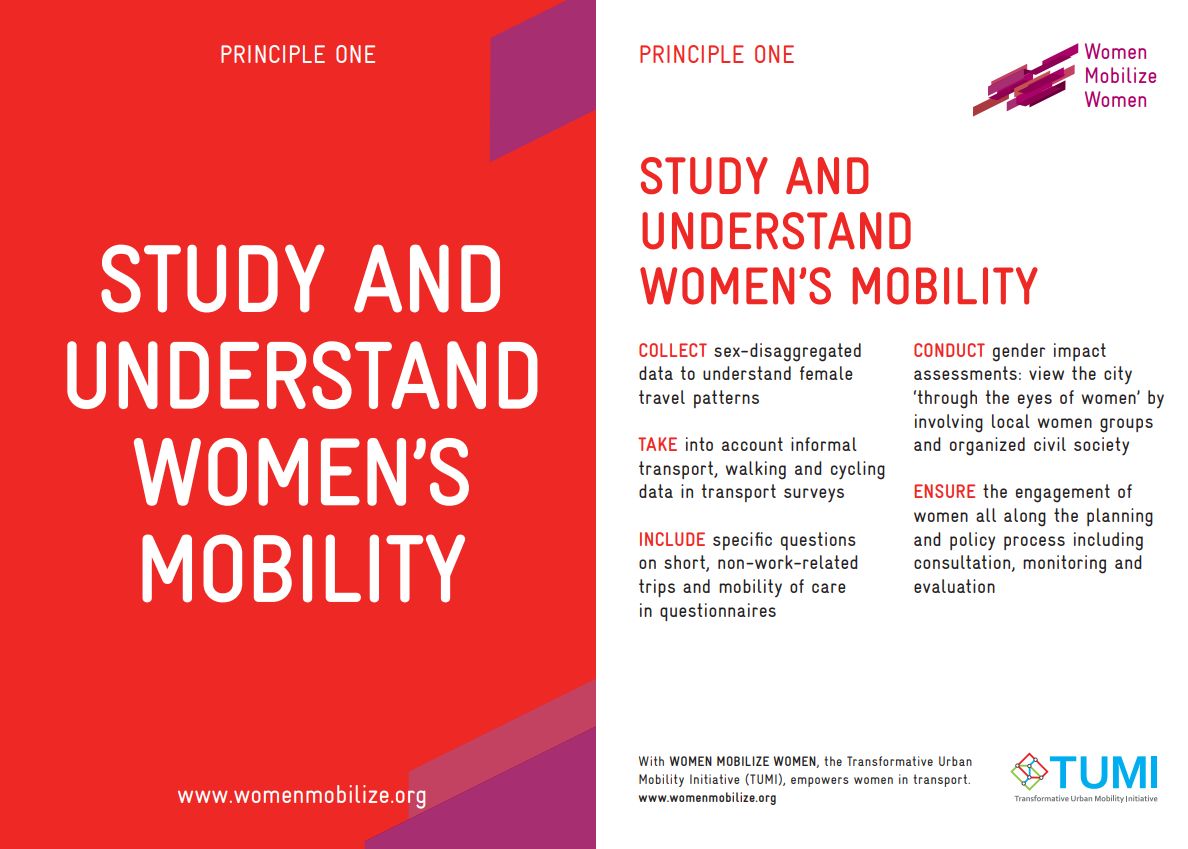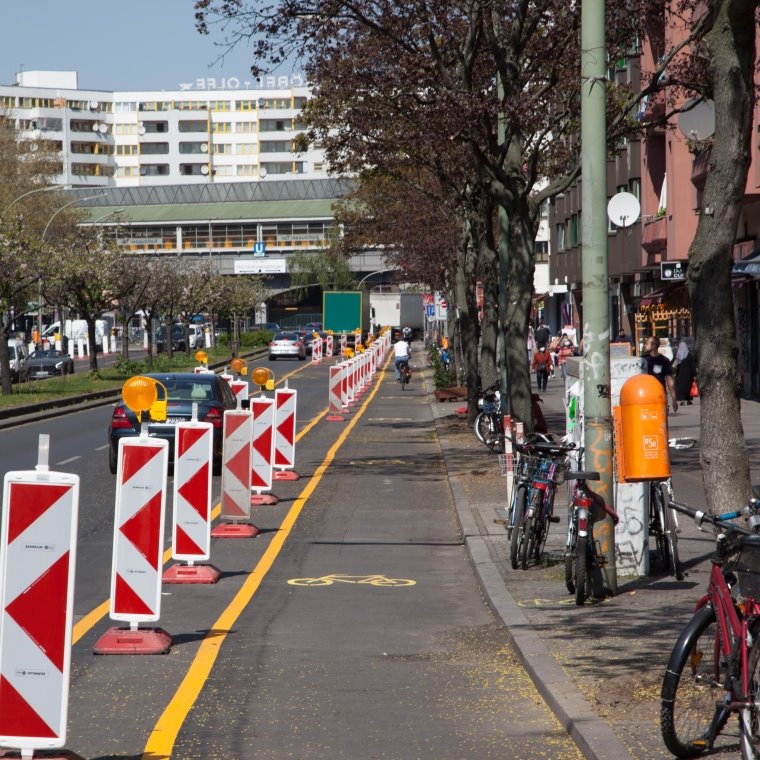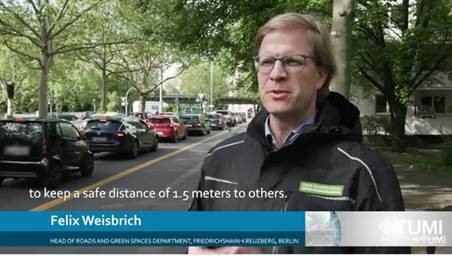
#COP26 3⃣ fighters against climate change: Cities, Mobility and #Naturebasedsolutions
There is no better time than #COP26 to look at the climate, cities, mobility and #naturebasedsolutions nexus – collecting thoughts, ideas and examples. Feel free to discuss and add (🧵⏬🌳) 1/n
There is no better time than #COP26 to look at the climate, cities, mobility and #naturebasedsolutions nexus – collecting thoughts, ideas and examples. Feel free to discuss and add (🧵⏬🌳) 1/n

#COP26 What are our joint objectives?
•Livable cities
•Less CO2
•Safe and convenient mobility
•Good air quality
•Ambient temperatures
•Healthy and beautiful places
•Attractive public spaces
•Resilient infrastructure
•...
⁉️How can we do this together⁉️ 2/n
•Livable cities
•Less CO2
•Safe and convenient mobility
•Good air quality
•Ambient temperatures
•Healthy and beautiful places
•Attractive public spaces
•Resilient infrastructure
•...
⁉️How can we do this together⁉️ 2/n
#COP26 The basis: An appropriate urban form
➡️ The 4 Key Metrics of climate friendly, resilient, livable cities
HT @IPCC_CH 3/n
➡️ The 4 Key Metrics of climate friendly, resilient, livable cities
HT @IPCC_CH 3/n

#COP26 Big picture: #Naturebasedsolutions #NBS such as #mangroves help fight #climatechange, mitigate sea level rise and protect our transport systems and our cities
4/n
4/n

#COP26 Big picture: Take advantage of natural features – e.g. wide meadows can absorb floodwaters and serve as recreation areas. River banks offer great opportunities to create bike paths that can also be used by commuters 🚲🚲
5/n
5/n

#COP26 City wide: Big urban parks are green lungs (improving air quality, reducing heat) plus big modal filters (bikes, pedestrians can cross but not motorized transport) plus valuable recreation areas within cycling/walking distance - a key feature of the 15-minute city
6/n
6/n

#COP26 Big scale: Seoul, Cheonggyecheon River Corridor: transformed a huge freeway to a river corridor that has drastically reduced car use, increased public transport use and reduced air pollution and created a green and blue corridor legacy for the city.
7/n
7/n

#COP26 Big scale: Cities 🏙 are creating green 🌳🌱infrastructures to manage water👇👇 , to improve air quality and to enable access
HT @WRIRossCities
8/n
HT @WRIRossCities
8/n

#COP26 Big scale: Meadows and other green areas cool overnight and produce cold air. If suitable green corridors exist, this air flows into populated areas and provides comfortable temperatures. Therefore: a no-go area for new transport infrastructure ⛔️🚗
9/n
9/n

#COP26 Zooming in: Cities need to invest in #GreenCorridors to:
•Increase walking, cycling, public transport
•Encourage social interaction
•Improve air quality
•Improve natural drainage
•Reduce urban heat island effect
•Protect wildlife
10/n
•Increase walking, cycling, public transport
•Encourage social interaction
•Improve air quality
•Improve natural drainage
•Reduce urban heat island effect
•Protect wildlife
10/n
#COP26 In Medellin they reduced temperatures by more than 2C by developing 30 green corridors around areas which most lacked green spaces
https://twitter.com/i/status/1184792988947537926
#COP26 Zooming in: #Greeninfrastructure is multifunctional, addressing a variety of challenges at the same time: Urban tree cover acts as a natural AC, captures rainwater and protects the city from flooding
12/n
12/n

#COP26 Zooming in: #NBS are an important part of improving transportation infrastructure while protecting #biodiversity and reducing emissions: 2 km of green tracks creates 1.5 football fields’ worth of green space, reducing air pollution and urban heat island effect.
13/n
13/n
#COP26 Small scale: Bioswales are channels designed to concentrate and convey stormwater runoff while removing debris and pollution. Bioswales can also be beneficial in recharging groundwater:
14/n
14/n
https://twitter.com/zachklein/status/1451625042270322688
#COP26 Small scale: Small neighborhood parks improve air quality, are a major part of the 1-minute city (reducing demand for motorized trips) and increase water retention capacity
15/n
15/n

#COP26 City wide: London utilises its extensive park, woodland, river and canal networks to create corridors that promote both mobility and urban wildlife. The corridors link with London’s well connected and multi modal transport network.
16/n
16/n

#COP26 City wide: Lviv/Ukraine - The Green Line Project envisages the arrangement of 8 km cycling and walking route that will connect the Sykhiv residential district with a range of public facilities, institutions and with the center of Lviv: mobilitylviv.com/en/green-line/
17/n
17/n

#COP26 Small scale: Rain gardens in runoff from the road, create a pleasant environment and help improving air quality
18/n
18/n

#COP26 Small scale: Green public transport stops combine sustainable mobility, #naturebasedsolutions, make cities more pleasant and help fighting climate change
19/n
https://twitter.com/johnoctaviortiz/status/1458046860019617795
19/n
#COP26 Proposed indicator:
▶️If cyclists feel comfortable in a city, all decisions on mobility, urban development and #NatureBasedSolutions have been made correctly. And we mitigate climate change. 🚲🌳✅
20/n
▶️If cyclists feel comfortable in a city, all decisions on mobility, urban development and #NatureBasedSolutions have been made correctly. And we mitigate climate change. 🚲🌳✅
20/n

@threadreaderapp unroll
• • •
Missing some Tweet in this thread? You can try to
force a refresh















